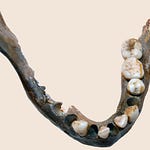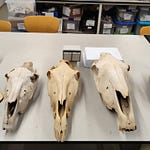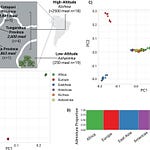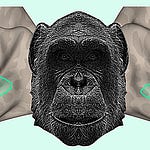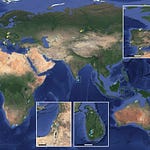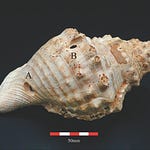For decades, Paranthropus boisei has stood as one of the most enigmatic figures in the human family tree: a creature of enormous jaws, vast molars, and presumed brute specialization. Its nickname—“Nutcracker Man”—summed up a prevailing image of a robust, plant-chewing hominin poorly suited for the dexterous manipulations that shaped later human life. Yet new fossils from Koobi Fora, Kenya, published in Nature,1 suggest a more complex story.
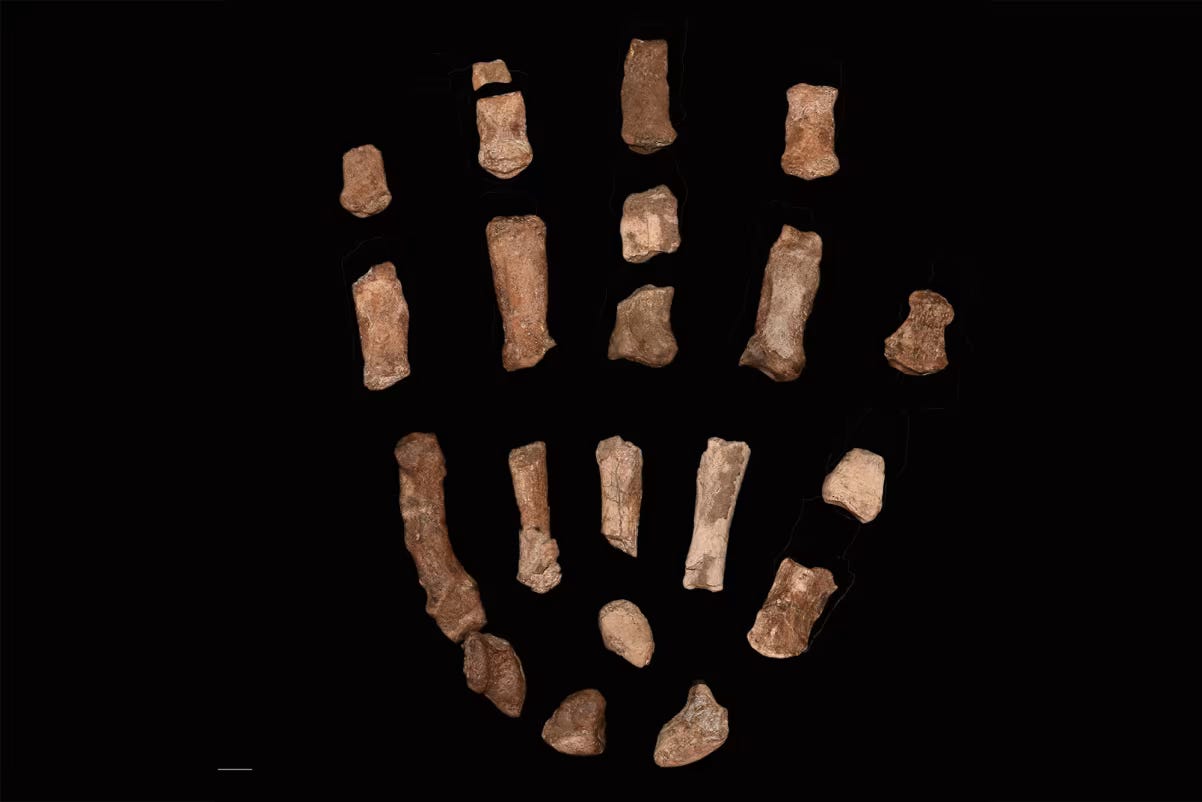
The first known hand bones of P. boisei show an unexpected blend of gorilla-like strength and human-like versatility. The discovery not only deepens our anatomical understanding of this species but challenges long-held assumptions about which hominins were capable of shaping tools, processing plants, or exploiting new ecological opportunities in early Pleistocene Africa.
“This fossil hand reminds us that evolutionary specialization does not necessarily mean behavioral limitation,” says Dr. Marianne Fischer, a paleoanthropologist at the University of Zurich. “Paranthropus may have been as behaviorally experimental as it was anatomically distinct.”
Listen to this episode with a 7-day free trial
Subscribe to Anthropology.net to listen to this post and get 7 days of free access to the full post archives.


